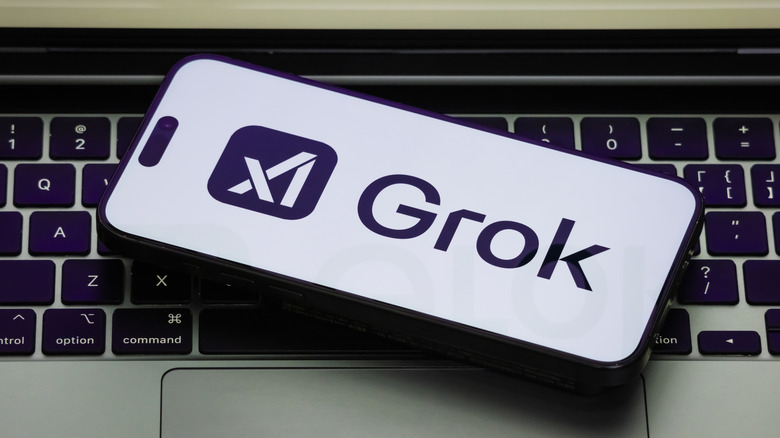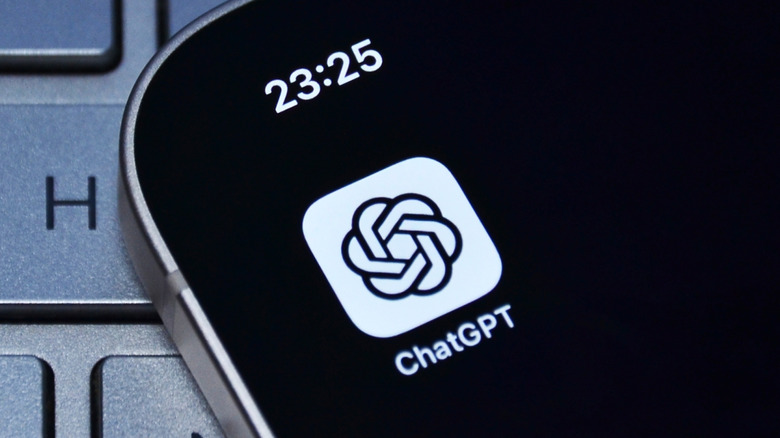How Is Grok Different Than ChatGPT? Here's What You Should Know
The race to make the best AI chatbot is hotter than ever. While OpenAI reigns at the top, the likes of Google's Gemini and Meta's Llama are not too far behind. The entry of Grok by Elon Musk's xAI just a year ago intensified the battle. In July, xAI revealed Grok 4 and Musk wasted no time drumming up the hype around it and referred to it as "the smartest AI in the world." The release comes at a rather interesting time as the hype around OpenAI's next AI model, tentatively called GPT-5, goes into overdrive mode and how it will finally bring us closer to the concept of Artificial General Intelligence (AGI) or Superintelligence.
Now, ChatGPT and Grok are fundamentally the same kind of product. They are both AI chatbots and share a handful of their capabilities. For example, both of them will answer your queries, talk like a digital friend, solve math and science problems, conduct deep research, and create images from text descriptions. Where they differ is their advanced capabilities, the data that was used to train them, and the fundamental architecture powering them.
Accessing them is also a varied experience. For example, you can access Grok through X, its standalone app, and its website. ChatGPT is nothing different, but it's also available by pulling up Apple's Siri assistant. Unlike Grok, ChatGPT allows you to create custom AI agents — or GPTs — tailored for specific tasks. Moreover, the underlying GPT tech also powers a wide range of experiences as part of the Microsoft Copilot bundle on Windows and its Office suite of software.
The foundations
ChatGPT was developed by OpenAI, and it was predominantly trained on the free information available on the internet, but not paywalled or dark web content. Additionally, OpenAI claims to have used licensed material and information provided or generated by its users. The company says it doesn't collect personal data for training its AI models. As far as the training process goes, OpenAI relied on Reinforcement Learning from Human Feedback (RLHF).
The latest from OpenAI is ChatGPT's GPT-4 model, which has undergone a post-training alignment process to enhance its performance. It can process human input in the form of text and images, and set new performance records on multiple benchmark evaluations. However, the company warns that GPT-4 is still not fully reliable, and that it makes up facts and makes reasoning errors.
xAI, the company behind Grok, refers to it as a family of Large Language Models (LLMs). Just like OpenAI, which now offers models across the mainline series like GPT-4 and reasoning models like GPT O-series, Grok is also available in multiple versions, with the most powerful version being Grok-4 Heavy. Coming to the training data, xAI also used public material alongside user content on X.
At the fundamental level, the biggest difference between Grok and ChatGPT is that the xAI product started off as a Mixture-of-Experts (MoE) model. In the simplest terms, it is an architecture where the language model consists of smaller networks, where each "expert" has been trained to perform a specialized task. As xAI progressed to Grok-4, the company also relied on reinforcement learning to improve performance.
The capabilities
Grok and ChatGPT can handle text, voice, and images while also integrating tools for coding and web search. A key difference here is that ChatGPT Search relies on the open web and information sourced from partners, while Grok also leans heavily on the conversations happening on X. At their heart, both chatbots feature a text and voice conversation mode, create images, edit code, and can also launch Deep Search queries for more detailed information about a topic.
There are a few areas where ChatGPT has the upper hand, at least in terms of features available to users and functionalities. For example, you can create custom agents, the aforementioned GPTs, for specific tasks without writing a single line of code. There's even a dedicated GPT store. ChatGPT also offers a system of plug-ins that allows it to integrate with third-party tools to handle tasks such as handling emails, booking tickets, and more.
Even though both the AI tools offer APIs, ChatGPT's underlying architecture has been integrated deeply across a wide range of products, from Microsoft's Copilot to Apple Intelligence and a bunch of other third-party apps and software. Grok is yet to get that kind of mainstream adoption. As far as usage goes, both are free, but access to the latest models and advanced capabilities is limited to paid users. ChatGPT's subscription starts at $20 for Plus and goes up to $200 for the Pro plan. Grok is free to access, but the usage limit is increased for Premium subscribers (starts at $8/month) and relaxed further for Premium+ (starts at $40/month). For now, Grok4 is only available to Premium+ users.


